E-commerce opens up “new horizons”
In the era of strong social network and digital economy development, e-commerce is proving its important role in helping craft villages in Hanoi expand their markets, increase competitiveness and affirm the value of traditional products, thereby contributing to preserving and developing the capital's handicraft heritage.
Hanoi currently has more than 1,350 craft villages and villages with crafts, of which 308 are traditional craft villages, concentrating on 47/52 groups of handicrafts in the country such as ceramics, jewelry, silk weaving, lace embroidery, rattan and bamboo weaving... Many craft villages have built strong brands such as Bat Trang pottery, Ngu Xa bronze casting, Dinh Cong jewelry, Van Phuc silk, Chang Son fans, and Yen Nhan Ban soy sauce. In recent years, many production facilities have proactively innovated technology, improved techniques and focused on human resource training, helping craft village products increasingly suit domestic and international tastes.
In particular, the trend of online shopping has created a strong push, making e-commerce an effective channel for promotion and consumption. Instead of going to villages or fairs, consumers can easily search and order products through websites, social networks and e-commerce platforms. In Bat Trang, hundreds of businesses and production households have sold online, bringing ceramics to major platforms such as Alibaba, Tmall, expanding the market to Japan, the US and Europe.
Gia Lam district also built a section to introduce craft villages and applied QR codes to support tourists in looking up information about OCOP products. Similarly, Van Phuc silk village with about 300 production households has also connected to consumption through e-commerce and organized an online sales model in groups on social networks, creating a network of more than 100 linked households.

Hanoi craft village products such as Bat Trang pottery have become very popular on the country's largest e-commerce platforms. (Source: Screenshot)
A typical story is Phuong Duc commune (Hanoi) which once struggled with digital transformation, but in just two years has become a model of e-commerce for suburban areas. From a locality that mainly lived on agriculture and handicrafts, Phuong Duc people now know how to film videos, livestream sales and write content using AI to introduce their hometown specialties.
This journey begins with the comprehensive digital transformation program of Phu Xuyen district from the end of 2023. The district government aims for each commune to have at least 200 students participating in e-commerce training, including video editing skills, content creation, exploiting Facebook, TikTok, YouTube and using AI to support writing articles.
Building on that foundation, when switching to a two-tier government model, Phuong Duc continued to promote digital economic training. Every weekend, the Committee headquarters became a “technology hall” where people, from young people to elderly artisans, learned how to livestream, make videos, build booths, manage warehouses and process online orders.
For example, the story of 70-year-old artisan Dang Thi Voi. From being afraid of technology, she has become a familiar face on livestreams, introducing the figurines and telling stories about her profession to thousands of viewers. Her simplicity helps a large audience deeply feel the cultural value of the craft village.
Thanks to the whole community going online, Phuong Duc's e-commerce revenue in the first 6 months of 2025 is estimated to reach about 300 billion VND. This model is expected to be replicated in many other localities, proving that when technology meets tradition, craft villages can strongly revive in the digital age.
Digitizing and connecting heritage with young people
On the other hand, Hanoi is also making a strong move in applying digital technology to preserve and introduce heritage. Instead of just visiting in the traditional way, tourists, especially young people, can now access history through QR codes, mobile applications, interactive screens, 3D Mapping effects or virtual reality experiences.
The Temple of Literature - Quoc Tu Giam is one of the pioneers. In addition to ancient architecture and precious relics, this relic has deployed a series of digital utilities: from electronic tickets, QR codes, interactive presentations to 360-degree maps. In parallel with customer service activities, the Temple of Literature - Quoc Tu Giam also focuses on building a heritage data warehouse using 2D, 3D, AR/VR, VR360, hologram or 3D mapping technology. A number of Doctoral steles, architectural works and important exhibitions have been digitized for research and education.
The highlight that attracts young people is the program "Experience the night at the Temple of Literature - Quoc Tu Giam". The combination of performing arts with modern technology such as 3D Mapping, AR, AI Q&A with the Turtle symbol has created a lively space, making viewers feel like "stepping into" history.
Digitization is not only to serve tourists but also a way to preserve detailed documents, supporting future restoration. Hanoi owns a huge heritage warehouse, requiring modern technological solutions to preserve and exploit effectively. Promoting digitization also helps reduce pressure on the interpretation team, expanding access to heritage for the elderly, children, foreigners and groups that do not have the conditions to come directly. With just a touch or a QR code, viewers can learn more about artifacts with high accuracy and vivid images.
In general, the digitization of heritage is creating a big turning point: moving from a passive to an active approach, from “watching for information” to “experience - explore - interact”. Technologies such as virtual reality, 3D simulation or digital data systems not only help preserve cultural sediments but also arouse the interest of the younger generation - those who have grown up in a technological environment.
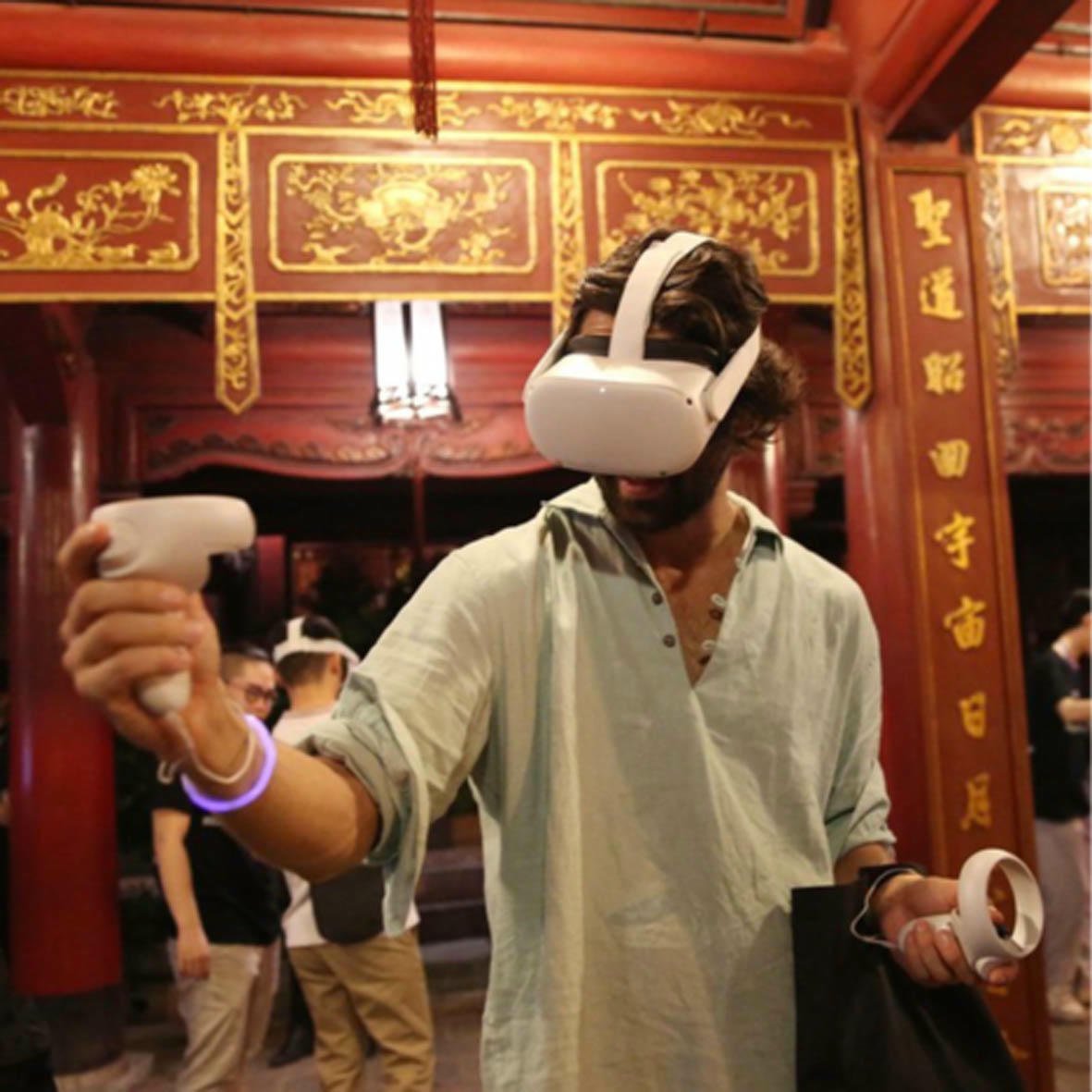

Visitors experience virtual reality at the Temple of Literature - Imperial Academy. (Source: Temple of Literature - Imperial Academy)
"Solid skills" in the digital age
Hanoi is promoting cultural economy and creative industry as a new pillar of development, in which traditional handicraft values are considered “soft assets” that play a particularly important role. However, besides opportunities, there are still many limitations that need to be overcome. Many opinions say that the e-commerce activities of many establishments are still unprofessional: product information is general, there is no export data, products lack their own mark and packaging does not meet standards - leading to the situation of goods being returned from international markets.
Craftsmen and producers therefore need to be trained more systematically in branding, packaging design and e-commerce operation skills. For e-commerce to become a sustainable driving force, craft villages also need to be supported in applying information technology, participating in training, and enjoying appropriate incentive mechanisms for digital business models.
However, for traditional values to truly step into a wider playing field, from the international market to the global cultural trade network, the prerequisite lies not in technology, but in artisans and cultural products. Sophisticated craftsmanship, unique identity and cultural depth are still the core foundations that help products stand firm in the global competitive environment.
Digitalization, dataization, and digital transformation open up new ways to promote products, but technology only works when the “core” of heritage is strong enough. Only products with true essence can be digitized into 3D models, displayed virtually, or appear on international platforms without being mixed in or losing their identity.
Recent reality shows that the relationship between tradition, technology and cultural commerce can complement each other. Technology opens the way, e-commerce opens the market, but traditional industry and identity determine the viability of products in the global value chain. In a broader view, these are essential requirements for the development of Hanoi's cultural industry in the 4.0 era: strengthening identity, honoring craftsmanship, connecting through technology and integrating through cultural commerce.
Source: https://baophapluat.vn/giu-gin-di-san-ha-noi-bang-ca-du-lieu-va-tay-nghe.html










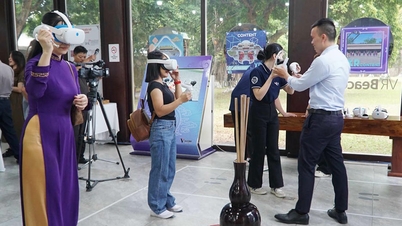


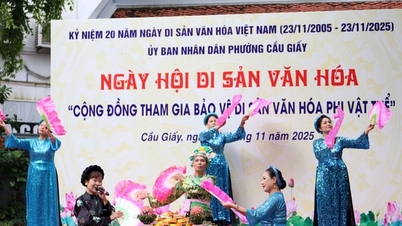

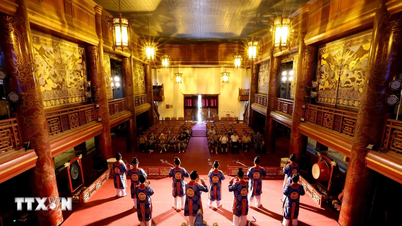
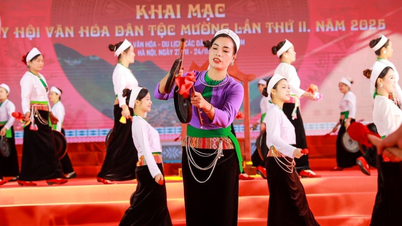

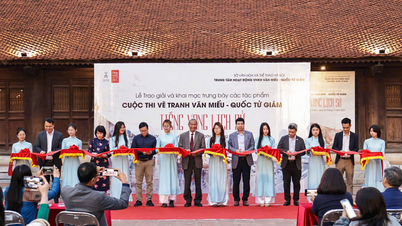
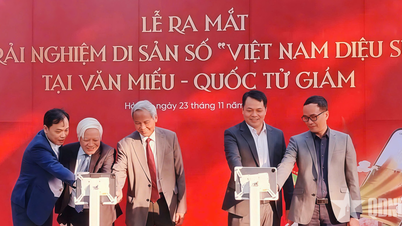


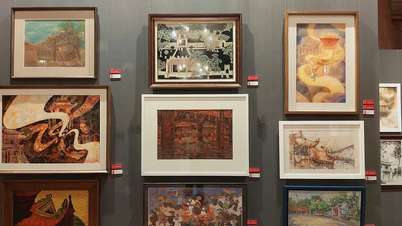

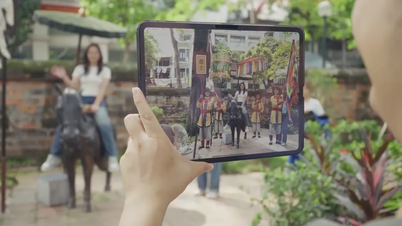






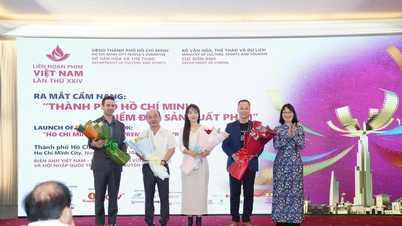




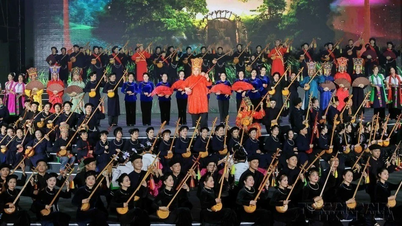




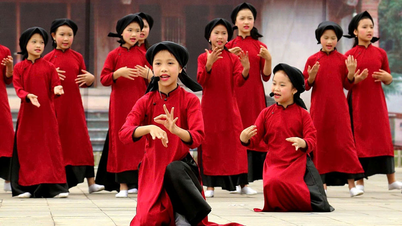
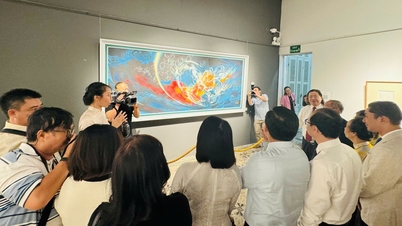


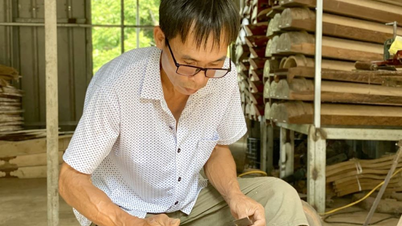







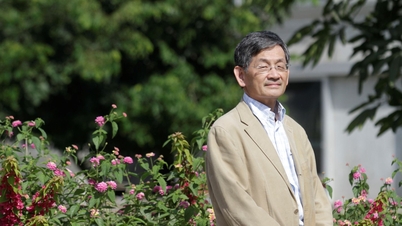



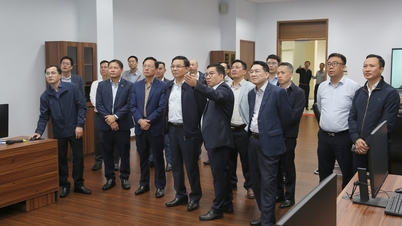











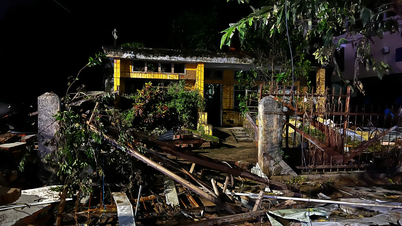



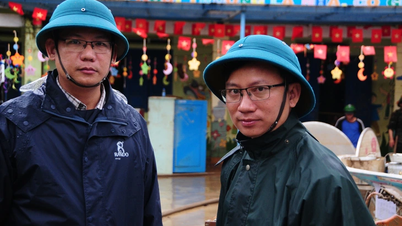


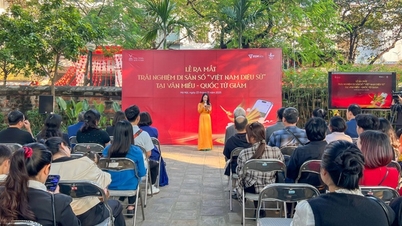



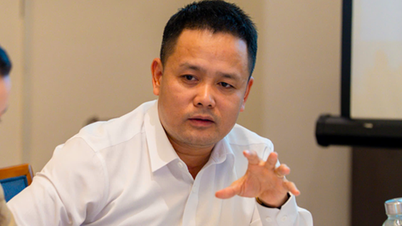

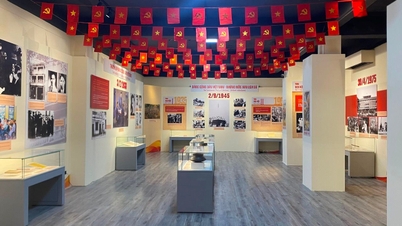

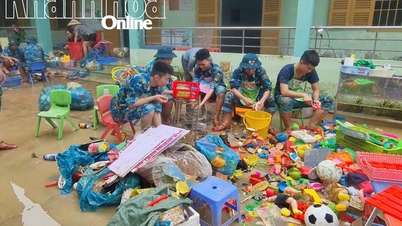



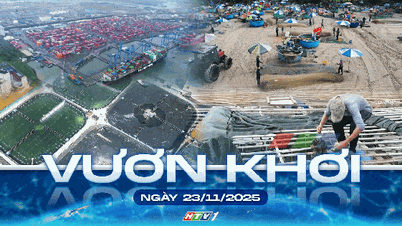















Comment (0)